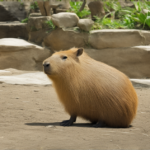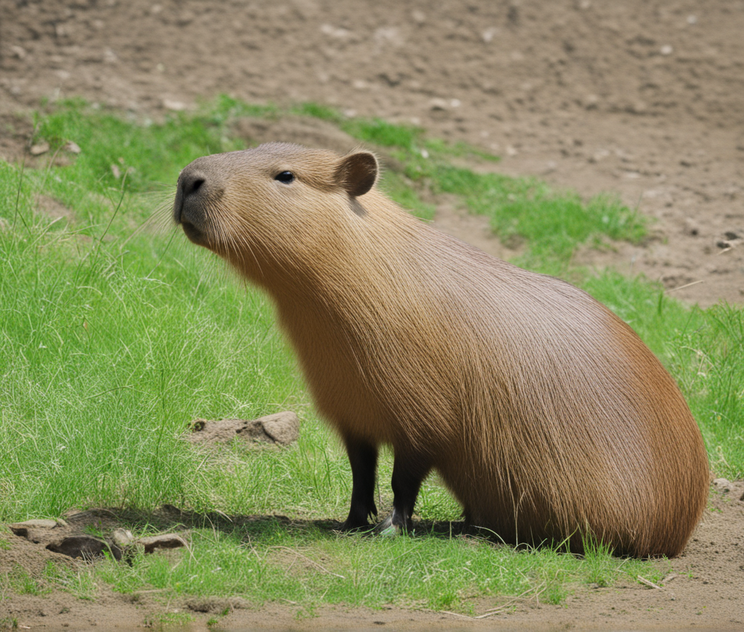
When it comes to rodents, we constantly suppose of small, furry beasties scurrying about. still, nature occasionally surprises us with a rodent of truly unusual proportions- the capybara. Scientifically known as Hydrochorous hydrochores, these rapacious elephants are the largest rodents on Earth. In this composition, we’ll explore the intriguing world of capybaras, probing into their unique characteristics, niche, behaviour, and the challenges they face in the wild.
Gigantic elevation
The capybara is an astonishing mammal that can grow up to4.6 bases in length and stand as tall as 2 bases at the shoulders. Importing between 77 and 143 pounds, it makes the beaver feel small in comparison. These semi-submarine cautions can be set up throughout northern and central South America, with a recent small, invasive population spotted in Florida. Capybaras partake a close heritable relationship with guinea stuffers and rock cavies, and they are farther distantly related to chinchillas and agouti.
Acclimatization for Submarine Life
important like their distant cousins, beavers, capybaras are complete insensibility. Their glutton-shaped bodies have evolved to thrive in various submarine surroundings, including timbers, seasonally swamped Campo, and wetlands. Partly webbed toes enable them to paddle gracefully, while their sanguine to dark brown fur, although brittle, dries snappily on land. These beasties have small eyes, tips, and overrun cognizance strategically deposited high on their heads, icing that their faces remain exposed and vigilant indeed when submerged for extended periods.
Survival Strategies
Alert is vital for capybaras because they are high targets for bloodsuckers like jaguars, panthers , and caimans. Capybara immature face indeed lower risks, as they are favoured prey for snakes analogous as the boa constrictor, growler-eating foxes, small pussies, and raspberries of prey like the caracara and black wolf. As a result, capybaras constantly adjust their exertion patterns, getting active during different times of the day, including dawn, dusk, or indeed at night, depending on the presence of bloodsuckers and the changing seasons.
A Unique Diet
Like multitudinous rodents, capybaras retain continuously growing teeth, which they keep in check by grazing on submarine shops, meadows, and various other available leafage. Still, there is one unusual salutary habit that sets them incremental. In the morning, capybaras consume their own faeces, which are rich in protein due to the high number of microbes digesting the former day’s refections. This curious behaviour allows them to effectively digest the tough meadows they consume, principally giving them a alternate occasion to prize nutrients.
Lineage and Conservation
Capybaras are known to be both solitary and social brutes, constantly forming groups of over to 40 individualities. The timing of their lineage season varies depending on their niche and the vacuity of mates. Generally, ladies give birth to one waste of four to five immature per time. While capybaras are generally considered to have a stable population, they face significant risks in some areas due to hunting for their precious skin, which has led to the original decimation of certain populations.
The capybara, Earth’s largest rodent, offers a witching regard into the beast area’s diversity. With their emotional size, submarine acclimatization, unusual diet, and survival strategies, capybaras have earned their place as a remarkable species. Still, it’s vital to recognize and address the risks they face to ensure the continued actuality of these intriguing beasties in the wild.



Leave a Reply